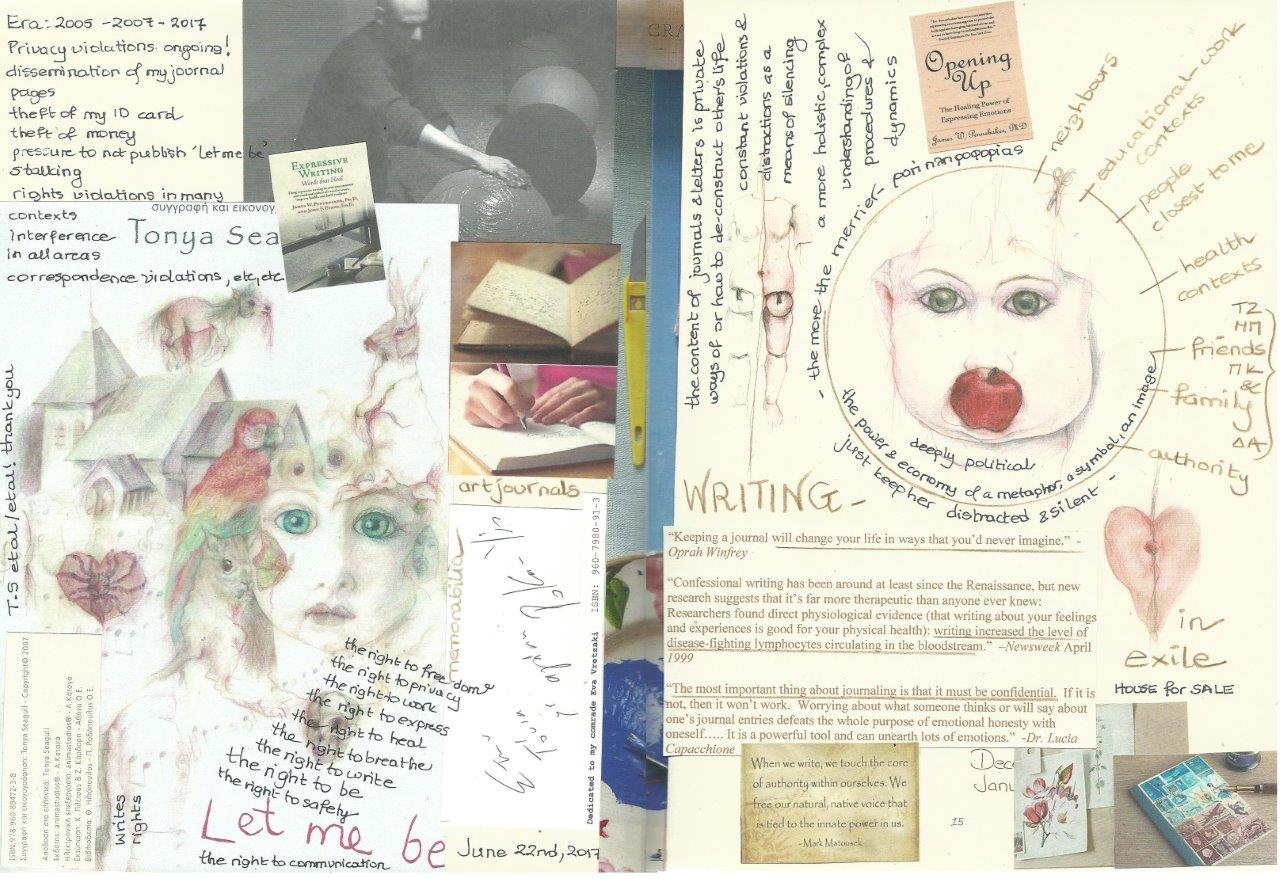Story is our way home (Brené Brown)
The shame box
Across time and contexts shaming and humiliation have been used to break people’s will, gain power over them, render them more obedient, silence them, define who they become and so on. Shame and fear are inextricably linked and are both deeply connected to trauma. However, shame does not only reside in people who have experienced big T traumas, it is a universal emotion or experience; everyone has it or has some. Everyone has been shamed or has been made to feel inadequate, and everyone is probably familiar with the debilitating thoughts and physical sensations that are part of the packet of shame. Διαβάστε περισσότερα

